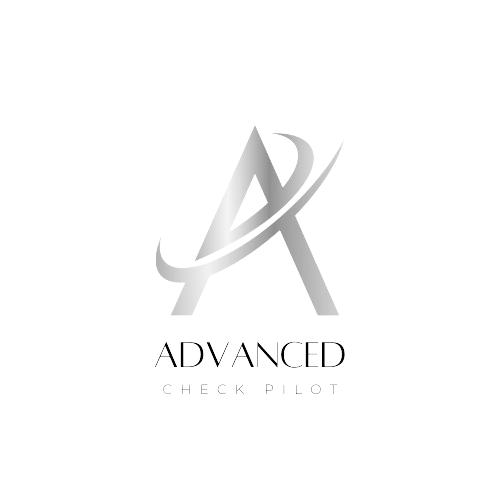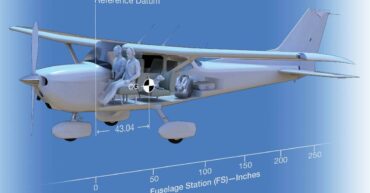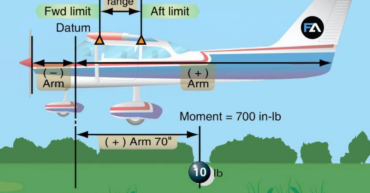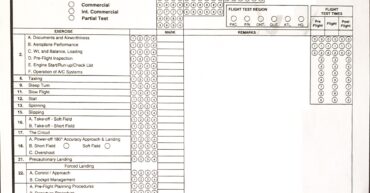Blog
The weight change formula is an essential tool for pilots, allowing for quick recalculation of weight and balance when changes occur in the aircraft’s load. This formula helps avoid complex recalculations and ensures accurate adjustments to the center of gravity (C of G). Components of the Weight Change Formula The formula involves four key components: […]
Understanding Radio Communication for Solo Flying Once you start flying solo, you might encounter new terms and phrases on the radio that you haven’t heard before or that your instructor didn’t cover. I encountered many of these during my cross-country flights after obtaining my Private Pilot License (PPL). I began using the flight following service […]
Types of Drag Affecting an Airplane An airplane experiences two primary types of drag: parasite drag and induced drag. Parasite Drag Parasite drag encompasses three distinct types of drag: form drag, skin friction drag, and interference drag. This drag increases with surface area, air density, and velocity. Form Drag: This type of drag arises from […]
The Key Variables Three key variables influence cruise performance: the center of pressure, the center of gravity, and the downward force generated by the horizontal stabilizer (tail wing). The center of pressure is the point on the wing where lift is generated and is always located behind the center of gravity in conventional aircraft. The […]
Assessing the Risk of Carburetor Icing Today The risk of carburetor icing is highest when temperatures range between -5°C and +15°C with a narrow temperature-dew point spread. By plotting the temperature and dew point on a graph, you can better understand which temperature ranges pose the greatest risk for carb ice formation. Before flying, check […]
Pitot-Static System Errors Blocked Pitot Tube Errors A fully blocked pitot tube will result in an airspeed over-read during a climb and an under-read during a descent. This occurs because the static port becomes the sole source of information, causing the pitot tube to function similarly to an altimeter. With a partially blocked pitot tube, […]
The Weight Shift Formula The weight shift formula is a quick way to adjust your aircraft’s center of gravity (C of G) without recalculating the entire weight and balance. The key factors in the formula are the weight to be moved, total aircraft weight, change in C of G, and the distance the weight is […]
To calculate the opening and closing angles using the 1 in 60 rule, you’ll need the following: The constant 60 Distance traveled Distance off track Total trip distance Example Trip Total Distance: 190 NM Distance Traveled: 110 NM Distance Remaining: 80 NM Distance Off Track: 9 NM Formula: Opening Angle = (60 ÷ Distance Traveled) […]
The flight test involves assessing various air exercises, such as takeoffs, landings, emergency procedures, and navigation. Each exercise is designed to evaluate specific skills needed to be a safe and competent pilot. The scoring is based on your ability to perform these maneuvers smoothly, with precision, and in accordance with Transport Canada’s guidelines. The most […]
Are you confident in your ability to complete a navigation log? As a student pilot preparing for a Private Pilot License (PPL) or Commercial Pilot License (CPL) flight test, understanding how to use a navigation log (navlog) to plan a cross-country flight—on paper—is essential. While digital tools like ForeFlight can streamline this process in a […]









